Wigmore School, West Bromwich, Staffordshire
On July 1st, 1936, the Wigmore Approved School for Senior Boys was certified to operate in premises at Pennyhill Lane, West Bromwich. The establishment began receiving admissions three months later, on October 1st, 1936.
The building had originally been erected as a District School for pauper children, run by the Walsall and West Bromwich School District — a joint venture by the Walsall and West Bromwich Poor Law Unions.
In its new role, School, now managed by Staffordshire County Council, could accommodate 140 boys aged between their 15th and 17th birthdays at their date of admission. The training provided included carpentry, market gardening and painting and decorating.
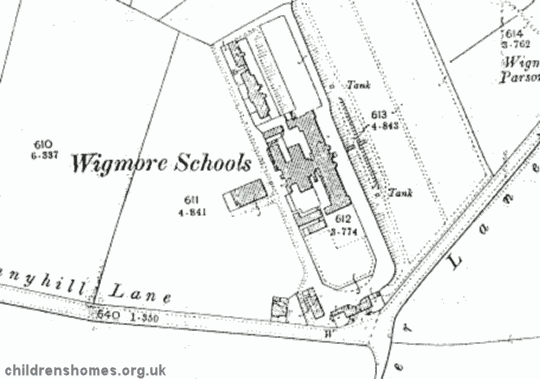
Wigmore school site, c.1904
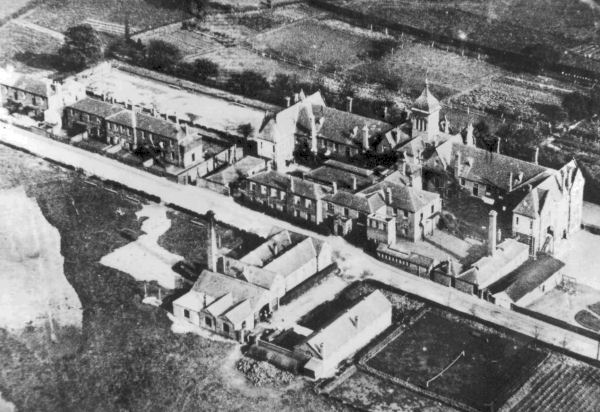
Wigmore School aerial view from the south-west, date unknown. By courtesy of John Billington
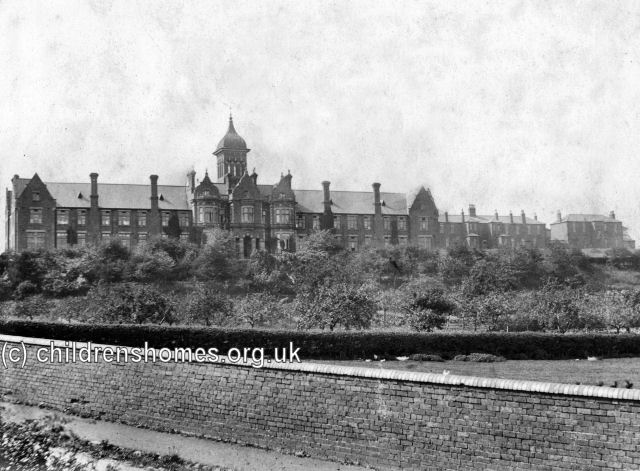
Wigmore School from the east, West Bromwich, c.1904. © Peter Higginbotham
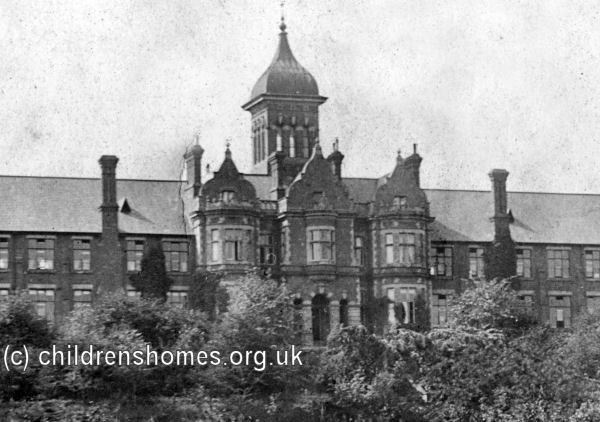
Wigmore School, c.1904. © Peter Higginbotham

Wigmore School main building from the south-east, date unknown. By courtesy of John Billington
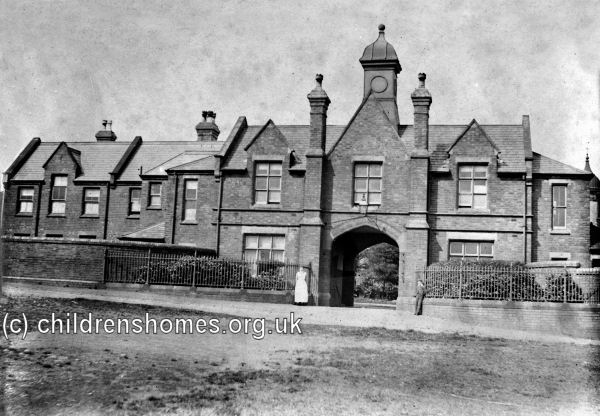
Wigmore School entrance block, c.1904. © Peter Higginbotham
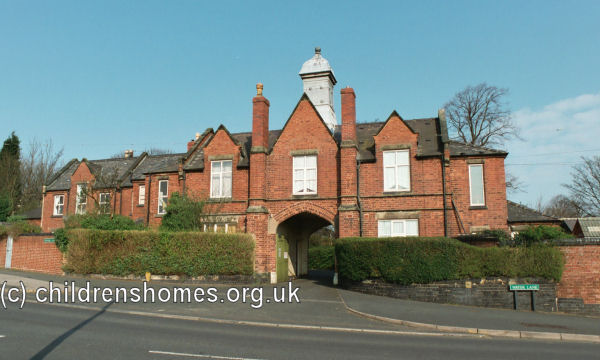
Former Wigmore School entrance block, 2002. © Peter Higginbotham
On August 6th, 1947, it was announced that the managers of the School intended to resign its Certificate of Approval.
The building subsequently became offices for the Inland Revenue. In 1966 West Bromwich Council took the building over for its Technical Services Division. The main buildings were demolished in 2002 although the entrance block still survives. The rest of the site is now covered by modern housing
Records
Note: many repositories impose a closure period of up to 100 years for records identifying individuals. Before travelling a long distance, always check that the records you want to consult will be available.
- Walsall Local History Centre, Lichfield Street Hub, Lichfield Street, Walsall WS1 1TR. Has pre-1930 records but nothing appears to survive from the Approved School era.
Bibliography
- Higginbotham, Peter Children's Homes: A History of Institutional Care for Britain's Young (2017, Pen & Sword)
- Hyland,Jim Yesterday's Answers: Yesterday's Answers: Development and Decline of Schools for Young Offenders (1993, Whiting and Birch)
- Millham, S, Bullock, R, and Cherrett, P After Grace — Teeth: a comparative study of the residential experience of boys in Approved Schools (1975, Chaucer Publishing)
Links
- The Therapeutic Care Journal — has a number of articles relating to Approved Schools.
Except where indicated, this page () © Peter Higginbotham. Contents may not be reproduced without permission.


